Home>Garden Essentials>How To Add Color To Landscaping
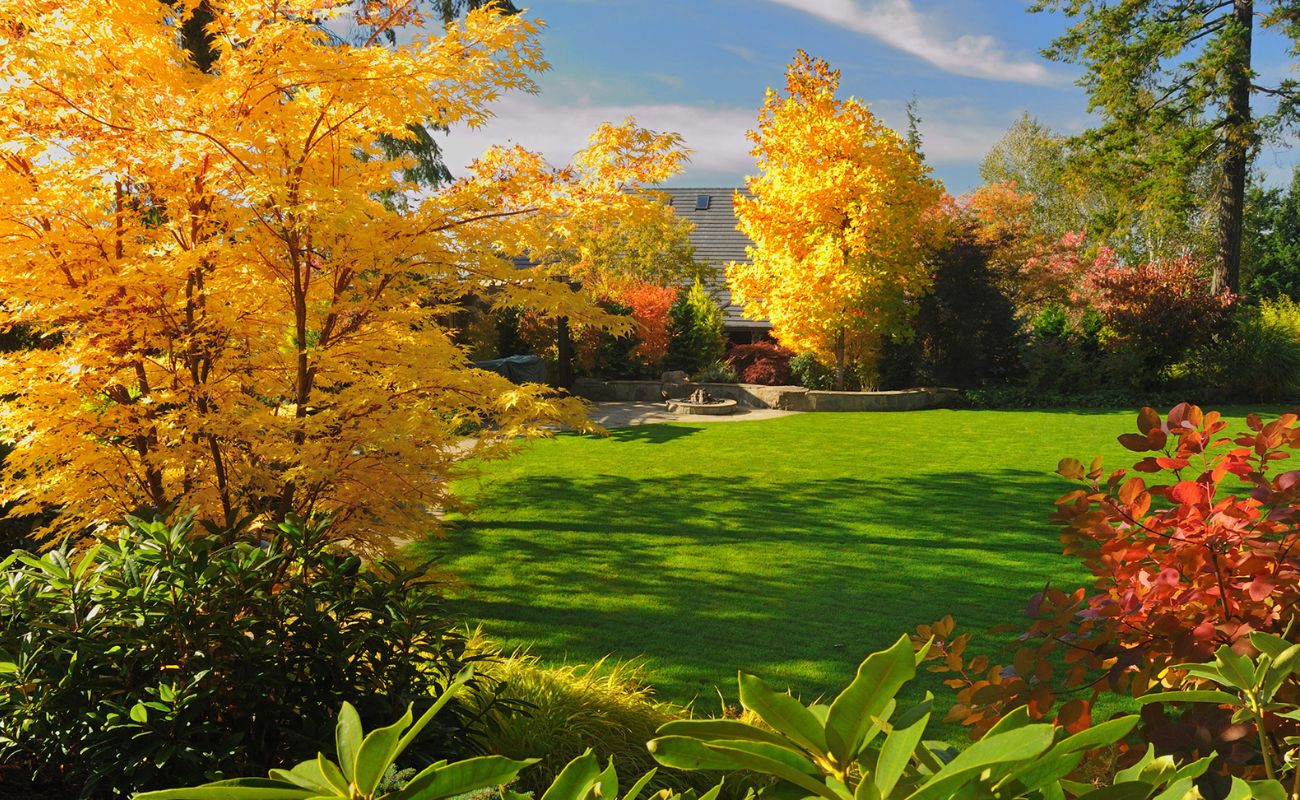

Garden Essentials
How To Add Color To Landscaping
Modified: March 7, 2024
Learn how to add vibrant colors to your garden with our expert landscaping tips. Enhance your outdoor space with beautiful flowers, plants, and design ideas.
(Many of the links in this article redirect to a specific reviewed product. Your purchase of these products through affiliate links helps to generate commission for Storables.com, at no extra cost. Learn more)
Introduction
Creating a vibrant and visually appealing garden is a dream for many homeowners. Adding color to your landscaping can transform a dull and monotonous outdoor space into a haven of beauty and charm. Whether you have a small balcony garden or a sprawling backyard, incorporating color into your landscape design can make a significant impact and create a welcoming and enchanting atmosphere.
In this article, we will explore various ways to add color to your landscaping, from choosing the right colors to selecting colorful flowers, shrubs, and trees. We will also discuss how to incorporate vibrant groundcovers, hardscape elements, and outdoor accessories to enhance the overall aesthetic appeal of your garden. Additionally, we will touch upon the importance of maintaining your colorful landscaping to ensure long-lasting beauty.
So, let’s dive in and discover how you can create a stunning and colorful outdoor space that will delight your senses and impress your guests.
Key Takeaways:
- Adding color to your garden can create a beautiful and inviting outdoor space. Choose plants and elements that reflect your personal style and preferences to create a harmonious and vibrant landscape.
- Proper maintenance, including watering, fertilizing, and pruning, is essential for keeping your colorful landscaping healthy and visually stunning. Regular care will ensure your garden continues to delight and impress.
Read more: What Is Color In Landscape Design
Choosing the Right Colors
When it comes to adding color to your landscaping, choosing the right colors is crucial. The color palette you select will set the tone and create the desired atmosphere in your garden. Here are a few tips to help you choose the perfect colors for your landscape:
- Consider the architecture: Take a look at the color scheme of your home’s exterior. Choosing colors that complement or contrast with your house can create a harmonious and cohesive look. For example, if your house has warm-toned bricks, consider using flowers with complementary cool colors like purples and blues to create an eye-catching display.
- Think about the surrounding environment: Take into account the colors of the natural elements around your garden, such as neighboring trees, fences, or bodies of water. Opt for colors that will harmonize with the existing surroundings, or choose contrasting colors to create a vibrant and dynamic effect.
- Mood and ambiance: Colors evoke different emotions and moods. Think about the type of atmosphere you want to create in your garden. If you want a serene and calming space, opt for cool colors like lavender, pale blues, and soft pinks. On the other hand, if you desire a lively and energetic garden, go for bold and vibrant colors like reds, oranges, and yellows.
- Seasonal interest: Consider incorporating colors that will provide year-round interest in your garden. Choose flowers and plants that bloom in different seasons, ensuring a continuous display of color throughout the year.
- Personal preference: Ultimately, your personal taste and preferences should guide your color choices. Select colors that resonate with you and that you find visually appealing. A garden that reflects your personality will be a space that brings you joy and satisfaction.
Remember, it’s not just about selecting individual colors, but also about how they work together as a cohesive palette. Take into account color theory and color harmonies, such as complementary colors, analogous colors, or monochromatic schemes, to create a visually pleasing and balanced landscape.
Colorful Flowers and Plants
One of the easiest and most effective ways to add color to your landscaping is by incorporating colorful flowers and plants. They bring vibrancy, texture, and fragrance to your garden, creating a visual feast for the eyes. Here are some options to consider:
- Annual Flowers: Annual flowers are a popular choice for adding bursts of color to your garden. These flowers bloom for one season and offer a wide range of vibrant hues. Some popular annual flowers include marigolds, petunias, zinnias, and impatiens. Plant them in flower beds, containers, or hanging baskets to create stunning displays of color.
- Perennial Flowers: Perennial flowers are a fantastic investment for long-term color in your landscaping. These plants come back year after year, and many of them offer colorful blooms. Roses, lilies, geraniums, and daisies are just a few examples of perennial flowers that can add a splash of color to your garden.
- Wildflowers: If you prefer a more natural and effortless look, consider planting wildflowers in your garden. These flowers are known for their vibrant colors and ability to attract beneficial insects like butterflies and bees. Wildflowers like California poppies, black-eyed Susans, and cosmos can create a beautiful and low-maintenance colorful garden.
- Colorful Foliage Plants: Don’t forget to incorporate foliage plants into your landscape design. Plants with colorful leaves can provide visual interest even when they’re not in bloom. Think about using plants like coleus, caladiums, and heucheras, which offer an array of vibrant hues and unique textures.
- Native Plants: Consider incorporating native plants into your garden. These plants are not only well-adapted to your local climate but also often showcase beautiful blooms and foliage colors. Native wildflowers, grasses, and shrubs can add a touch of authenticity and provide essential habitat for local wildlife.
When selecting colorful flowers and plants, be mindful of their light and soil requirements. Some plants thrive in full sun, while others prefer shade or partial shade. Additionally, consider the height and growth characteristics of the plants to ensure they fit well in your garden design.
By carefully choosing and arranging a variety of colorful flowers and plants, you can create a stunning and ever-changing landscape that will inspire awe and delight.
Adding Colorful Shrubs
Shrubs are a fantastic addition to any landscape, providing structure, texture, and, of course, color. Incorporating colorful shrubs into your garden design can add depth and dimension, creating a visually appealing and dynamic outdoor space. Here are some ideas for adding colorful shrubs to your landscaping:
- Flowering Shrubs: Many shrubs produce beautiful flowers in a variety of colors, making them excellent choices for adding vibrant splashes of color to your garden. Azaleas, hydrangeas, rhododendrons, and lilacs are just a few examples of flowering shrubs that can create stunning displays of color. Choose a mix of shrubs with different bloom times to enjoy a continuous show of vibrant flowers throughout the growing season.
- Foliage Color: Don’t overlook the power of foliage when it comes to adding color to your landscaping. Some shrubs have leaves that change color throughout the seasons, offering visual interest and a range of hues. For example, the burning bush (Euonymus alatus) turns a vibrant red in the fall, while the golden euonymus (Euonymus japonicus ‘Aureomarginatus’) brings bright yellow and green foliage. By incorporating shrubs with colorful leaves, you can enjoy a year-round explosion of color in your garden.
- Variegated Shrubs: Variegated shrubs feature leaves with contrasting colors, such as green and white or green and gold. These plants add a unique and eye-catching element to your landscape and can create striking focal points. Variegated boxwood, variegated dogwood, and variegated Weigela are excellent choices for adding color and texture to your garden.
- Berries and Fruits: Some shrubs not only offer colorful foliage or flowers but also produce vibrant berries or fruits, adding another layer of interest to your landscape. For example, the beautyberry (Callicarpa) produces brightly colored purple berries in the fall, while the holly bush (Ilex) showcases bright red berries during the winter months. These shrubs provide both visual appeal and a valuable food source for birds and wildlife.
When incorporating colorful shrubs into your garden, consider their mature size and growth habit. Ensure they have enough space to grow and thrive without overpowering other elements in your design. Additionally, pay attention to their specific soil and sunlight requirements to ensure they flourish in your garden.
By strategically placing and mixing different varieties of colorful shrubs, you can create a vibrant and inviting landscape that is sure to impress. Whether you choose flowering shrubs, foliage-focused varieties, or those with attractive berries, colorful shrubs are a wonderful addition to any garden.
Incorporating Colorful Trees
Trees are not only essential for providing shade, privacy, and habitat for wildlife, but they can also be a stunning source of color in your landscaping. By strategically incorporating colorful trees into your garden design, you can create a captivating and visually appealing outdoor space. Here are some ideas for adding colorful trees to your landscape:
- Ornamental Flowering Trees: Some trees are renowned for their magnificent blooms, bringing bursts of color to your garden. Cherry trees, dogwood trees, magnolias, and flowering crabapples are excellent choices for adding vibrant flowers to your landscape. These trees offer a wide range of colors, from soft pinks and whites to vibrant reds and purples, creating a dramatic and picturesque display.
- Foliage Color: Just like shrubs, trees can also showcase colorful foliage that changes throughout the seasons. For example, the Japanese maple (Acer palmatum) offers stunning red, orange, and purple leaves in the fall. The Ginkgo tree (Ginkgo biloba) displays vibrant yellow foliage that creates a striking contrast against other plants. By incorporating trees with colorful leaves, you can enjoy a dynamic and ever-changing canvas in your garden.
- Autumn Color: If you love the vibrant hues of autumn, consider planting trees known for their stunning fall colors. Sugar maples (Acer saccharum), red maples (Acer rubrum), and sweetgums (Liquidambar styraciflua) are just a few examples of trees that offer vibrant reds, oranges, and yellows in the fall. These trees can create a breathtaking and picturesque landscape as the seasons change.
- Flowering Fruit Trees: Fruit trees not only provide delicious produce but can also add a touch of color to your garden. Apple trees, peach trees, and cherry trees produce beautiful blossoms in various shades of white and pink, creating a stunning visual display. In addition to their colorful flowers, these trees can also bear colorful fruits, adding another layer of interest to your garden.
When selecting colorful trees, consider their mature size, growth habit, and specific requirements. Make sure to choose trees that are well-suited to your climate and soil conditions to ensure their long-term health and vitality. Additionally, consider the placement of the trees in your garden to ensure they provide the desired impact and complement the overall design.
By incorporating colorful trees into your landscape, you can add height, structure, and a vibrant display of color to your garden. Whether you choose ornamental flowering trees, those with remarkable foliage, or ones that provide dramatic autumnal tones, colorful trees are sure to make a statement in your landscape.
Consider adding colorful flowers, shrubs, and trees to your landscaping to add a pop of color. Choose plants that bloom at different times of the year to ensure year-round color in your outdoor space.
Read more: What Color Rocks For Landscaping
Utilizing Colorful Groundcovers
Groundcovers not only help to control erosion and suppress weeds, but they can also be a great way to add color and texture to your landscaping. These low-growing plants spread and cover the ground, creating a carpet-like effect and adding visual interest to your garden. Here are some ideas for utilizing colorful groundcovers in your landscape:
- Creeping Thyme: Creeping thyme is a popular groundcover that offers beautiful purple or pink flowers and aromatic foliage. It is a great choice for adding color to pathways, rock gardens, or along the edges of flower beds.
- Creeping Phlox: Creeping phlox is a versatile groundcover that produces clusters of colorful flowers in shades of pink, purple, white, or blue. It works well in rock gardens, slopes, or as a border around garden beds.
- Ajuga: Ajuga, also known as bugleweed, is a fast-spreading groundcover that offers attractive foliage and spikes of blue, purple, or pink flowers. It is perfect for filling in gaps between stepping stones or as a carpet-like cover in shaded areas.
- Ice Plant: Ice plant, or Delosperma, is a drought-tolerant groundcover that produces vibrant flowers in shades of pink, purple, orange, or yellow. It thrives in sunny areas and is ideal for rock gardens, slopes, or dry areas where other plants struggle.
- Wild Ginger: Wild ginger is a shade-loving groundcover that offers deep green, glossy foliage and unique maroon or purplish-brown flowers. It adds a touch of color and texture to woodland gardens or shaded areas.
When selecting groundcovers, consider their growth habit and specific requirements. Some groundcovers tolerate foot traffic better than others, making them suitable for pathways or areas where people will walk. Additionally, consider the overall height and spread of the groundcover to ensure it fills the space adequately without becoming too invasive.
Incorporating colorful groundcovers in your landscape can create a visually appealing and cohesive look. By choosing a variety of groundcovers with different flower colors and foliage textures, you can create a beautiful mosaic of colors that enhances the overall aesthetic of your garden.
Enhancing with Colorful Hardscape Elements
While plants and flowers are essential for adding color to your landscaping, hardscape elements can also play a significant role in creating a visually stunning outdoor space. Incorporating colorful hardscape elements not only adds immediate impact but also provides a long-lasting and low-maintenance way to introduce vibrant hues into your landscape. Here are some ideas for enhancing your garden with colorful hardscape elements:
- Pavers and Pathways: Consider using colorful pavers or stones to create pathways or patios in your garden. Opt for hues that complement the surrounding plants and add a pop of color to your outdoor space. Whether you choose warm-toned oranges and browns or cool-toned blues and grays, colorful pavers can add visual interest and create a cohesive design.
- Retaining Walls: If you have slopes or uneven terrain in your garden, consider installing retaining walls using colorful stones or bricks. These vertical structures can add both functionality and aesthetics to your landscape. Choose materials that match or contrast with the color scheme of your plants to create a harmonious and eye-catching look.
- Decorative Fences: Instead of traditional wooden or metal fences, consider using colorful and decorative fencing materials. PVC or vinyl fences come in a variety of vibrant colors and can add personality and style to your garden. Alternatively, consider adding colorful panels or trellises to existing fences to create an eye-catching focal point.
- Colorful Containers: Incorporating colorful pots or containers can be an excellent way to add color to smaller spaces, such as balconies or patios. Select containers in vibrant hues or unique patterns, and fill them with colorful flowers or foliage plants. This allows you to easily change the color scheme as the seasons change or experiment with different combinations to create stunning displays.
- Water Features: Water features, such as ponds or fountains, can add tranquility and a touch of elegance to your garden. Consider choosing water feature materials in captivating colors, such as mosaic tiles, painted ceramics, or colored glass. Water reflecting the colors of the hardscape elements creates a mesmerizing effect and enhances the overall aesthetic appeal of your garden.
When incorporating colorful hardscape elements, it’s crucial to strike a balance and not overwhelm the natural elements of your landscape. Consider the overall design and choose colors that harmonize with the surrounding plants and create a cohesive look. Additionally, ensure that the hardscape elements are well-maintained and properly installed to ensure their longevity and functionality.
By incorporating colorful hardscape elements into your landscape, you can create a visually stunning and inviting outdoor space that reflects your personal style and adds a unique touch to your garden.
Implementing Colorful Outdoor Accessories
To truly make your landscaping vibrant and engaging, don’t forget to include colorful outdoor accessories. These decorative elements can add a playful and personal touch to your garden, enhancing the overall visual appeal. Here are some ideas for implementing colorful outdoor accessories:
- Garden Decorations: Incorporate colorful garden decorations such as statues, gazing balls, wind chimes, or garden stakes. Look for items with bold and vibrant colors that complement your flower beds or plantings. These decorations can serve as focal points and add an element of whimsy to your outdoor space.
- Cushions and Pillows: If you have outdoor seating areas, consider adding colorful cushions and pillows. Choose fabrics in vibrant hues or unique patterns that complement your garden’s color scheme. These accessories not only provide comfort but also add pops of color and can be easily switched out or updated each season.
- Outdoor Rugs: Adding an outdoor rug can instantly transform your patio or deck into a cozy and inviting space. Look for rugs with bold and colorful patterns that complement your furniture and surroundings. These rugs not only add a splash of color but also define the seating area and bring a sense of comfort and style to your outdoor living space.
- Planters and Vases: Choose colorful planters and vases to showcase your plants and flowers. Opt for containers in vibrant shades or unique designs that complement or contrast with the colors of your plants. These colorful accessories can bring attention to your favorite blooms and create a visually stunning display.
- Outdoor Lighting: Outdoor lighting not only adds functionality but also creates ambiance and highlights certain areas of your garden. Choose colorful string lights, lanterns, or solar-powered path lights in hues that align with your desired atmosphere. These lights can add a magical touch to your garden during evenings and events.
Remember to avoid overcrowding your garden with too many accessories. Instead, select a few key pieces that will make a statement and blend seamlessly with the overall design. Be mindful of the materials you choose, making sure they are weather-resistant and capable of withstanding outdoor conditions.
Implementing colorful outdoor accessories allows you to infuse your personal style and creativity into your garden space. These accessories can transform an ordinary outdoor area into an enchanting and vibrant retreat where you can relax and enjoy the beauty of your colorful landscaping.
Maintaining Colorful Landscaping
Creating a vibrant and colorful landscape requires ongoing maintenance to ensure the longevity and beauty of your plants and elements. Proper care and attention will keep your garden looking healthy and visually appealing. Here are some tips for maintaining your colorful landscaping:
- Watering: Different plants have varying water requirements, so it’s important to water them appropriately. Check the specific needs of each plant and provide sufficient water accordingly. Consistent watering, especially during dry spells, is crucial for promoting healthy growth and vibrant blooms.
- Fertilizing: Regular fertilization helps provide the necessary nutrients for optimal plant growth and vibrant colors. Choose a balanced fertilizer suitable for your plants and follow the recommended application rates. Be mindful not to over-fertilize, as it can damage the plants.
- Pruning and Trimming: Pruning and trimming are essential for maintaining the shape, health, and vigor of your plants. Remove dead or damaged foliage and flowers regularly to encourage new growth and prevent disease. Trim overgrown branches and stems to maintain a neat and tidy appearance.
- Weeding: Regularly remove weeds from your garden to prevent them from competing with your plants for water and nutrients. Weeds can also detract from the overall aesthetic appeal of your colorful landscaping. Use a combination of manual removal and mulching to keep weeds at bay.
- Pest and Disease Control: Monitor your plants for any signs of pests or diseases and take appropriate measures to control and mitigate them. Regularly inspect leaves, stems, and flowers for any abnormalities. Utilize organic pest control methods whenever possible to minimize the impact on beneficial insects and wildlife.
- Seasonal Care: Adjust your maintenance routine according to each season’s requirements. This may include pruning in late winter, deadheading flowers in summer, and preparing plants for winter during the autumn months. Understanding the seasonal needs of your plants will help them thrive and continue to provide vibrant colors throughout the year.
- Mulching: Apply a layer of mulch around the base of your plants to help retain moisture, regulate soil temperature, and suppress weed growth. Use organic mulch, such as wood chips or shredded bark, which will gradually break down and enrich the soil over time.
- Regular Inspection: Take the time to regularly inspect your landscaping for any signs of issues or changes. Look for signs of pests, diseases, nutrient deficiencies, or any other issues that may affect the health and appearance of your colorful plants. Early detection and intervention can help prevent problems from worsening.
Remember that each plant and element in your landscape may have specific care requirements, so always refer to individual plant guides or consult with a local horticulturist for personalized advice.
By implementing proper maintenance practices, you can ensure that your colorful landscaping remains vibrant and visually stunning for years to come. Regular care and attention will reward you with a garden that continues to delight and impress.
Read more: How To Add Color To Your Wardrobe
Conclusion
Creating a colorful landscape is a wonderful way to enhance the beauty of your outdoor space and create a visually captivating environment. By implementing a variety of strategies, you can infuse your garden with vibrant hues and transform it into a stunning oasis. From choosing the right colors to incorporating colorful flowers, shrubs, trees, groundcovers, and hardscape elements, there are numerous ways to add pops of color to your landscaping.
By selecting a color palette that complements your home’s architecture and the surrounding environment, you can create a harmonious and cohesive design. Consider the mood and ambiance you want to create and choose plants and elements that reflect your personal style and preferences. Whether you desire a serene and calming space or a lively and energetic garden, there are endless options to explore.
Remember the importance of proper maintenance to ensure the longevity and health of your colorful landscaping. Regular watering, fertilizing, pruning, and weeding will help your plants thrive and continue to provide vibrant displays. Be attentive to pests and diseases, adjust your care routine according to each season, and regularly inspect your garden for any changes or issues.
Through careful planning and ongoing care, your colorful landscaping will become a source of joy and relaxation year after year. It will create a welcoming and enchanting outdoor space where you can unwind, entertain guests, and reconnect with nature.
So, embrace the beauty of colors in your garden and let your creativity flourish. With the right choices and a little TLC, you can turn your outdoor space into a breathtaking and vibrant sanctuary that will inspire and delight all who experience it.
Frequently Asked Questions about How To Add Color To Landscaping
Was this page helpful?
At Storables.com, we guarantee accurate and reliable information. Our content, validated by Expert Board Contributors, is crafted following stringent Editorial Policies. We're committed to providing you with well-researched, expert-backed insights for all your informational needs.
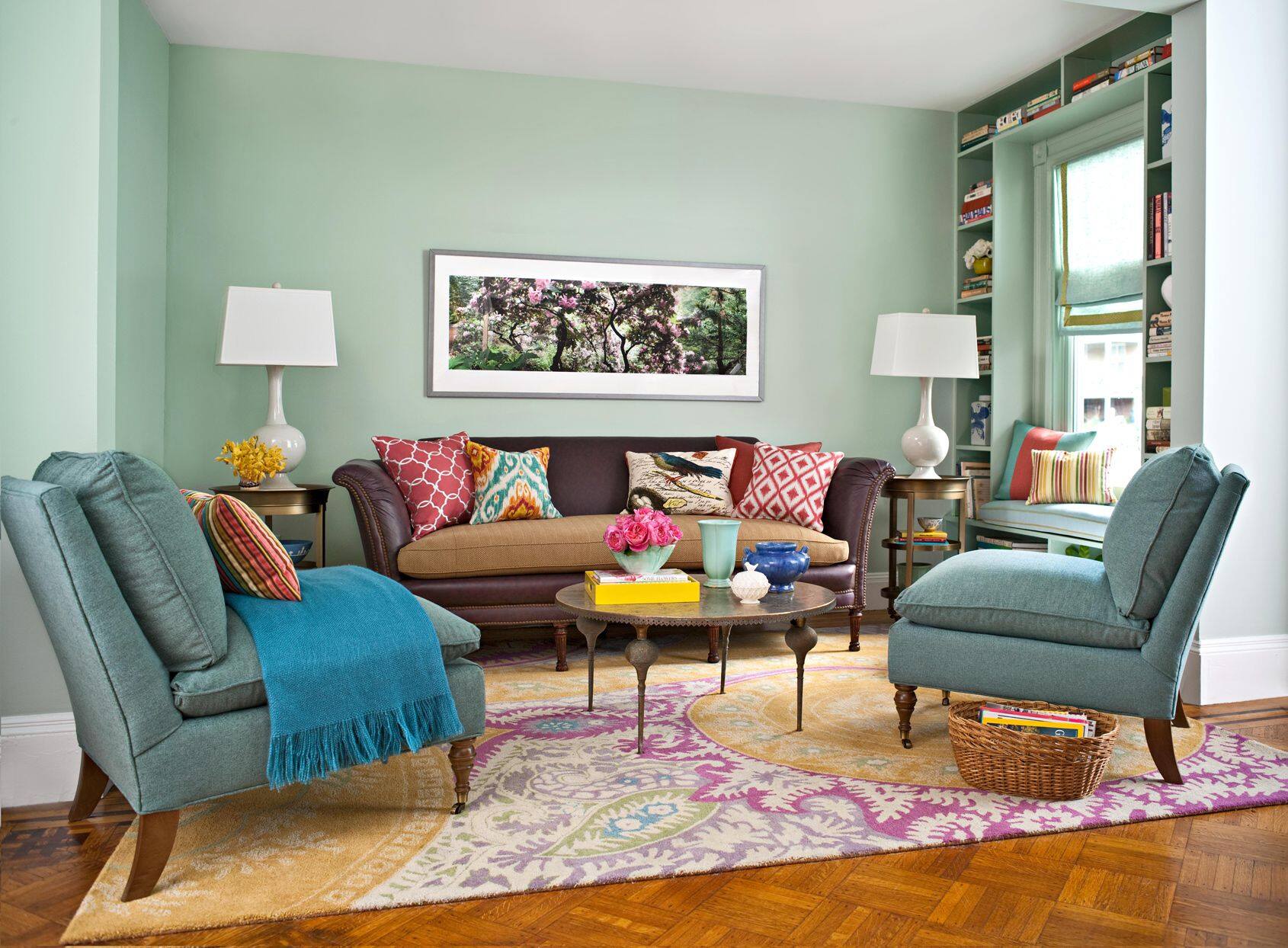
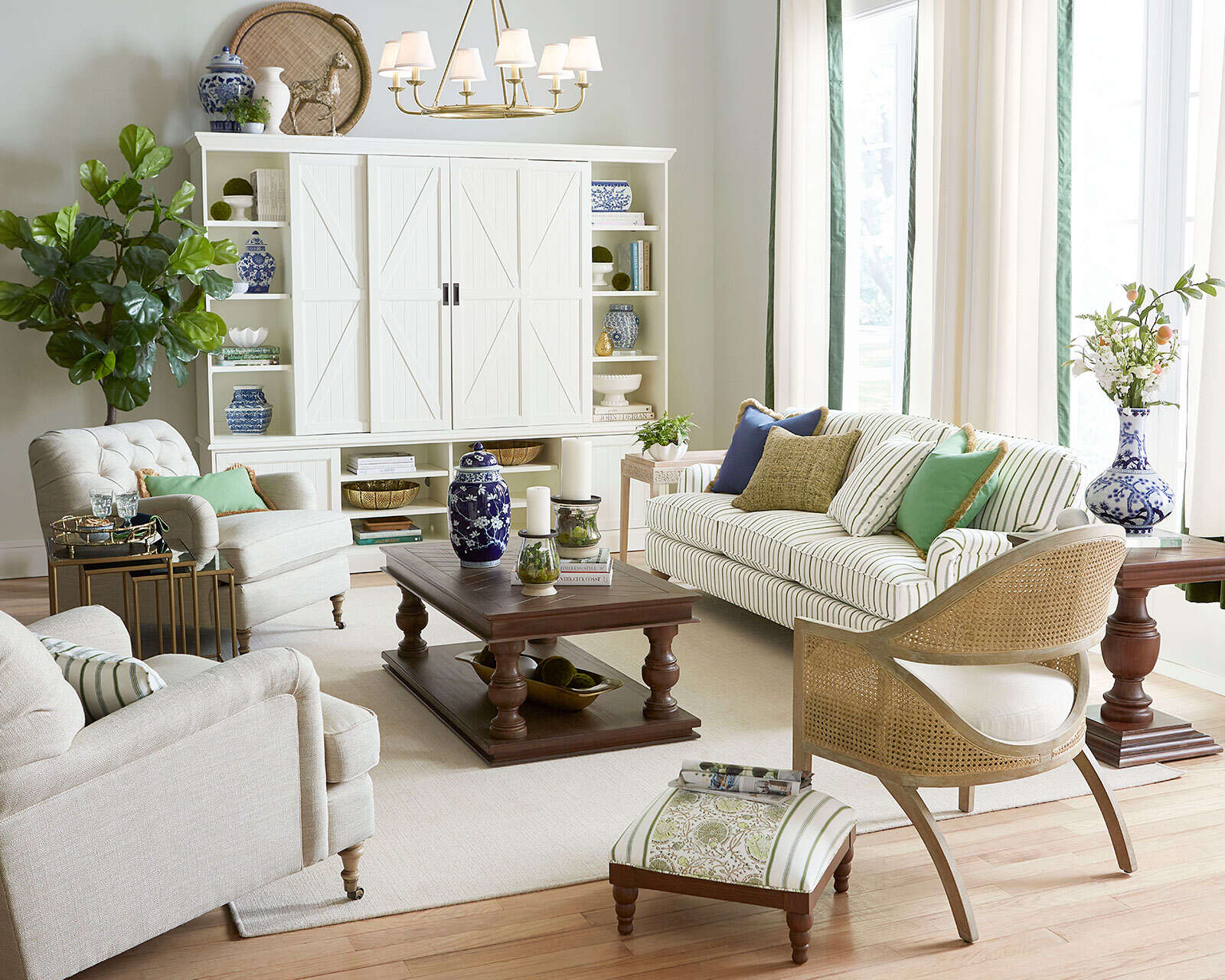
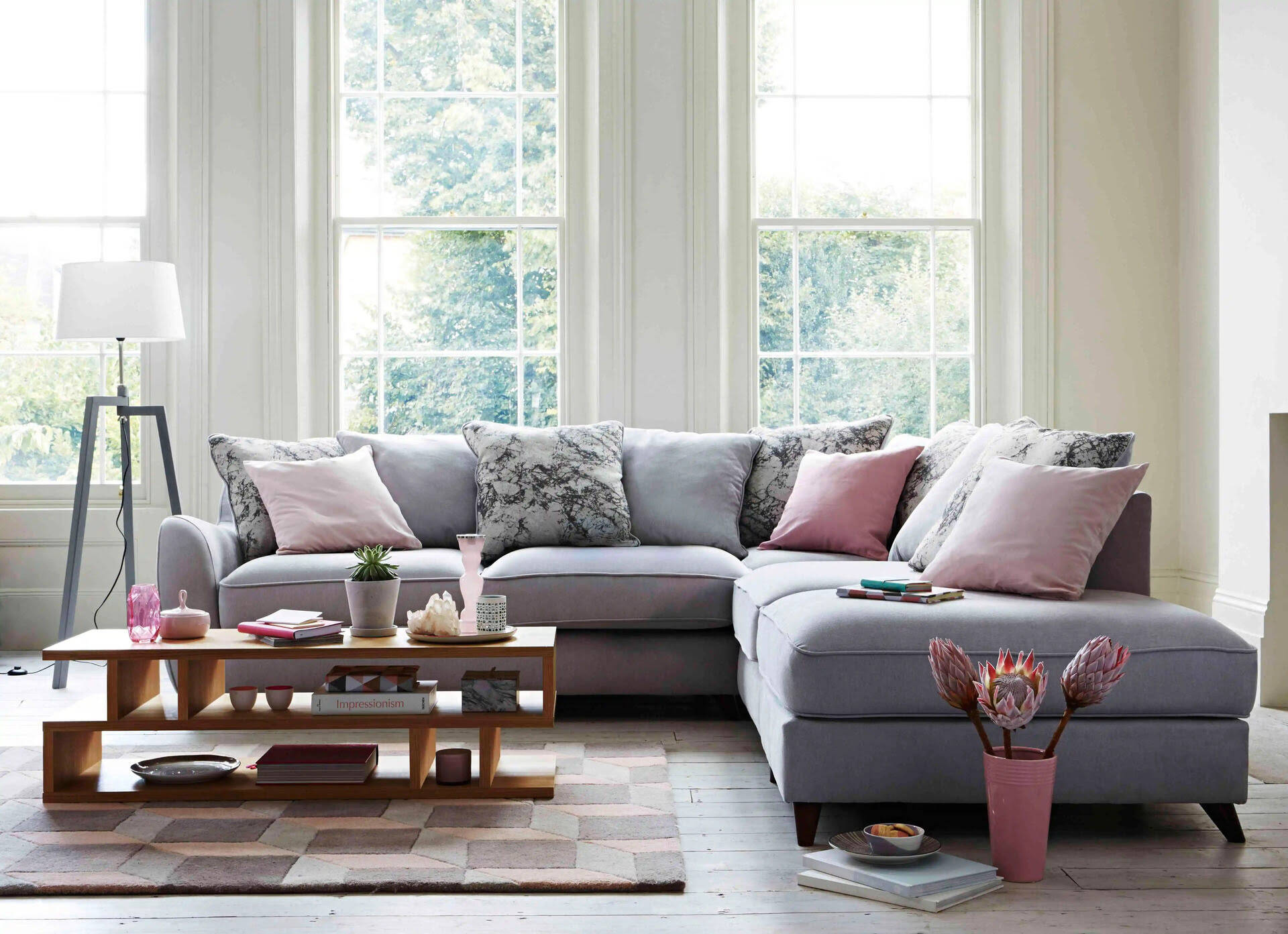
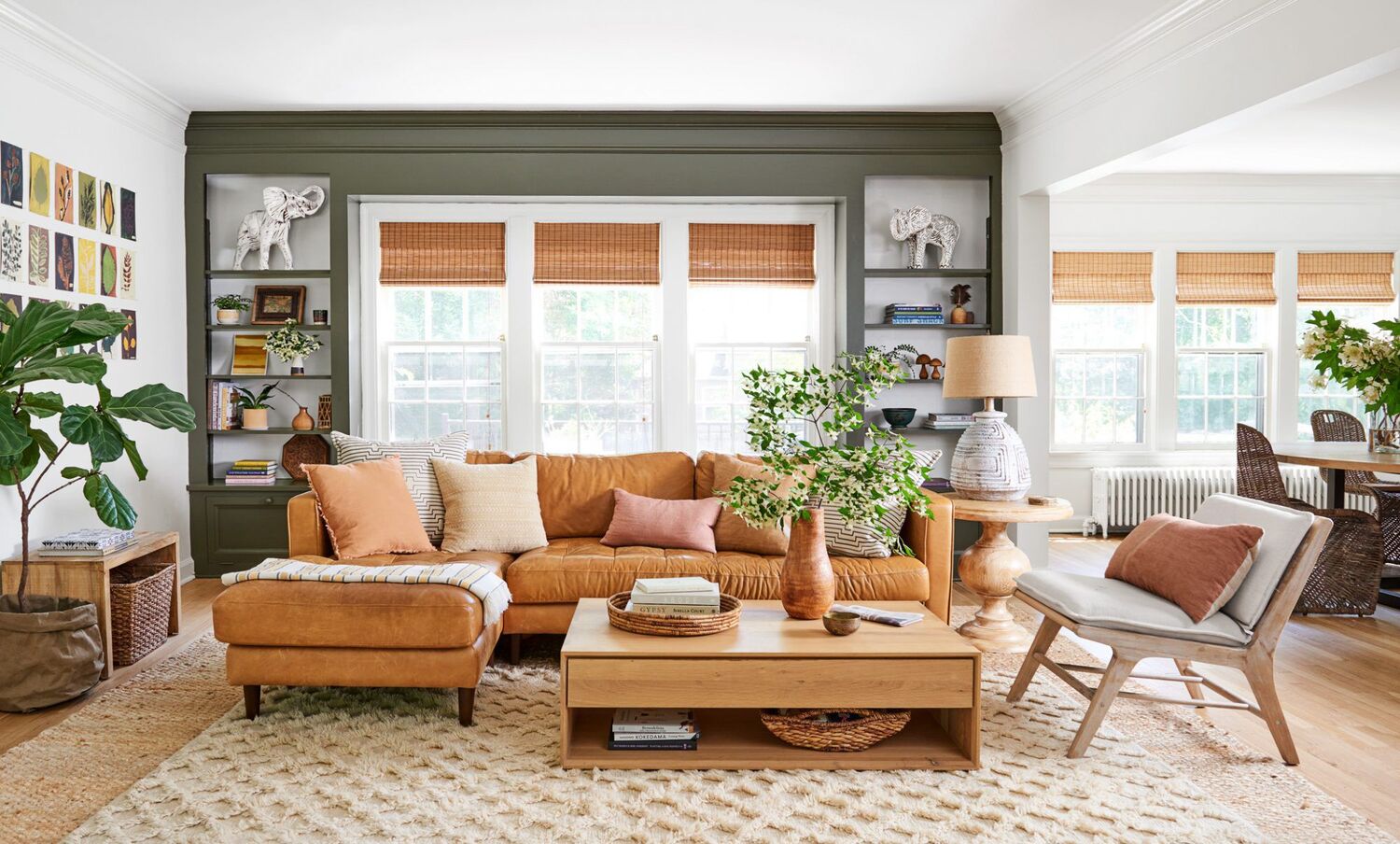
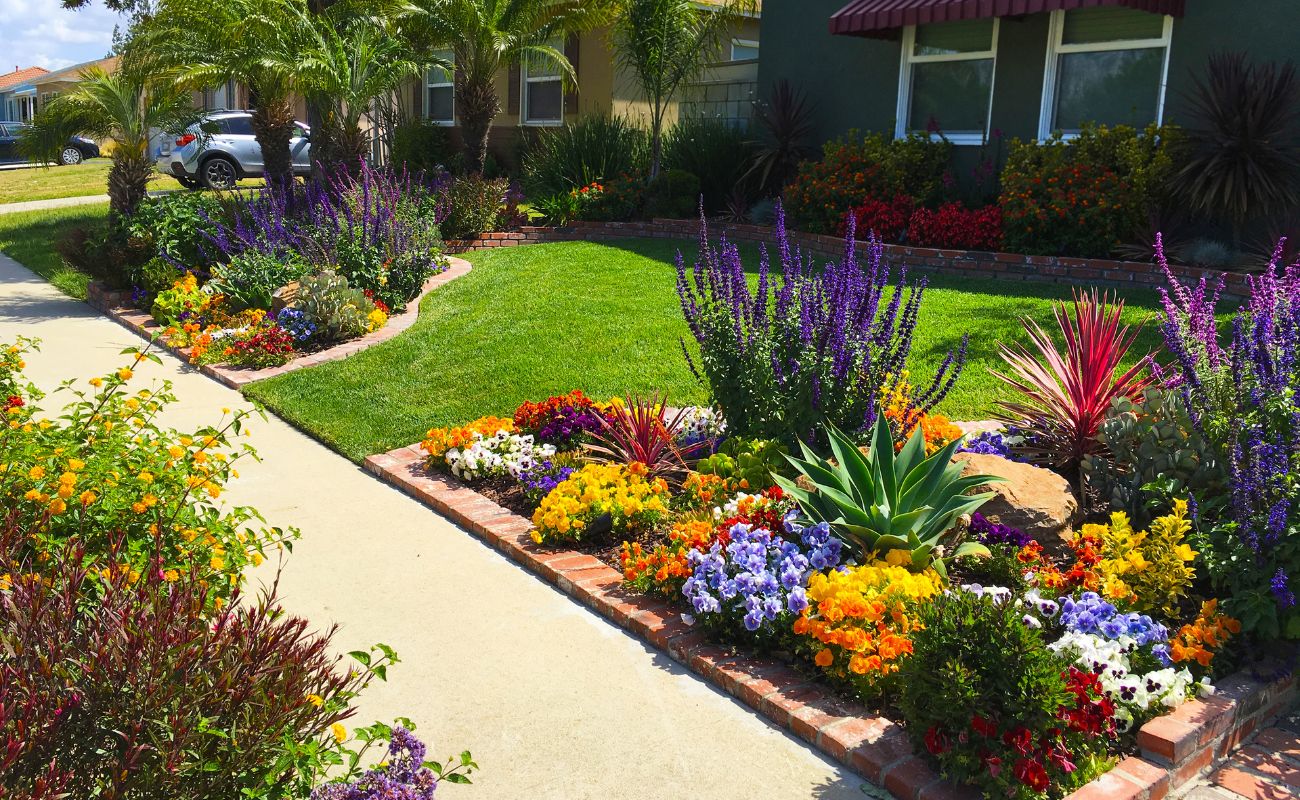
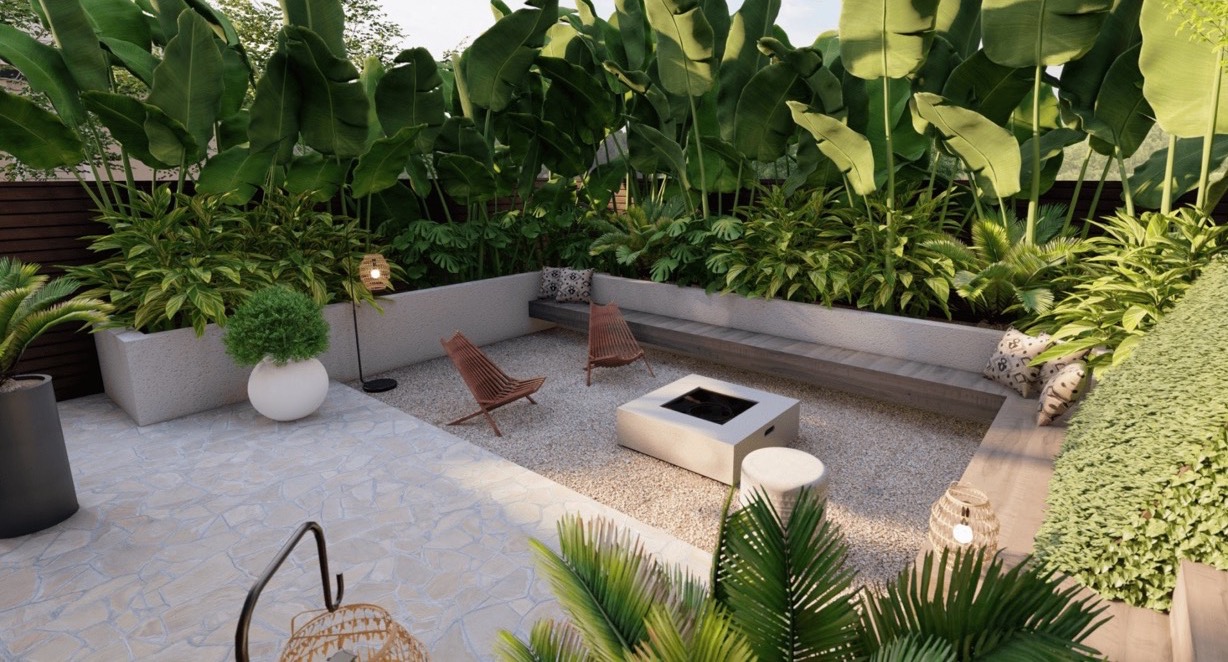

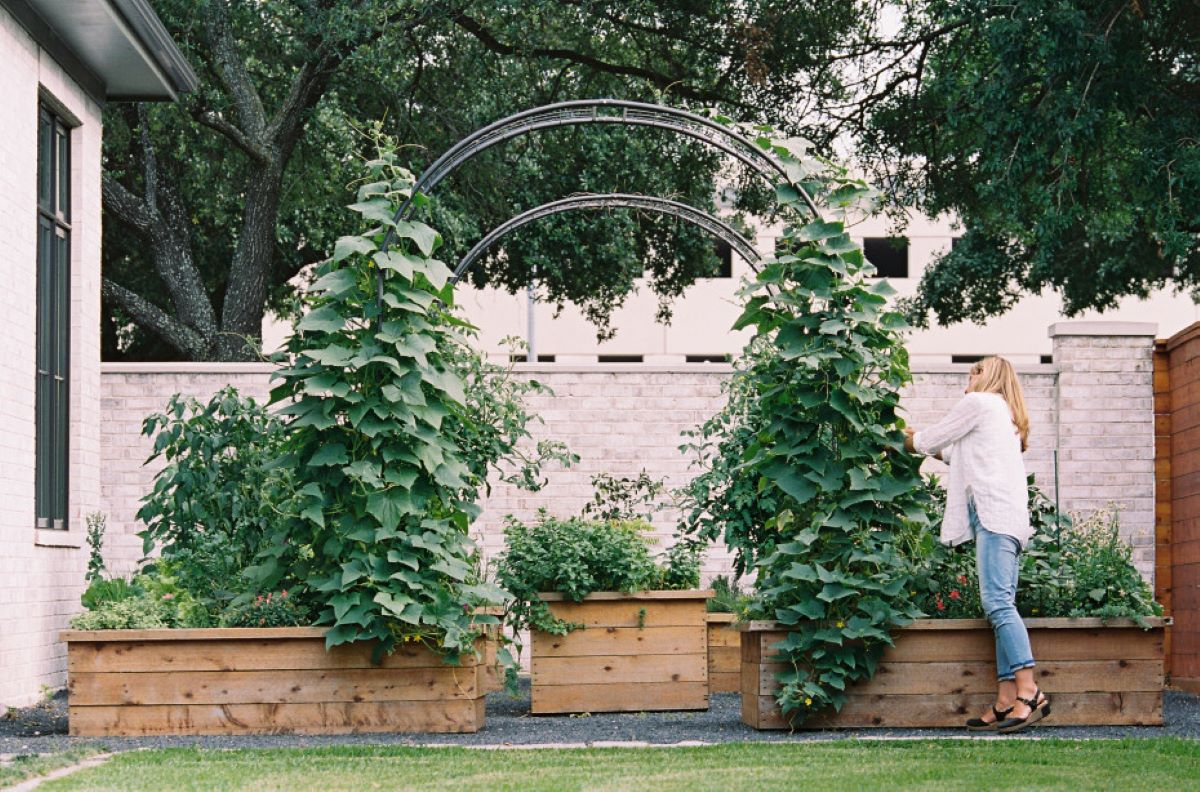

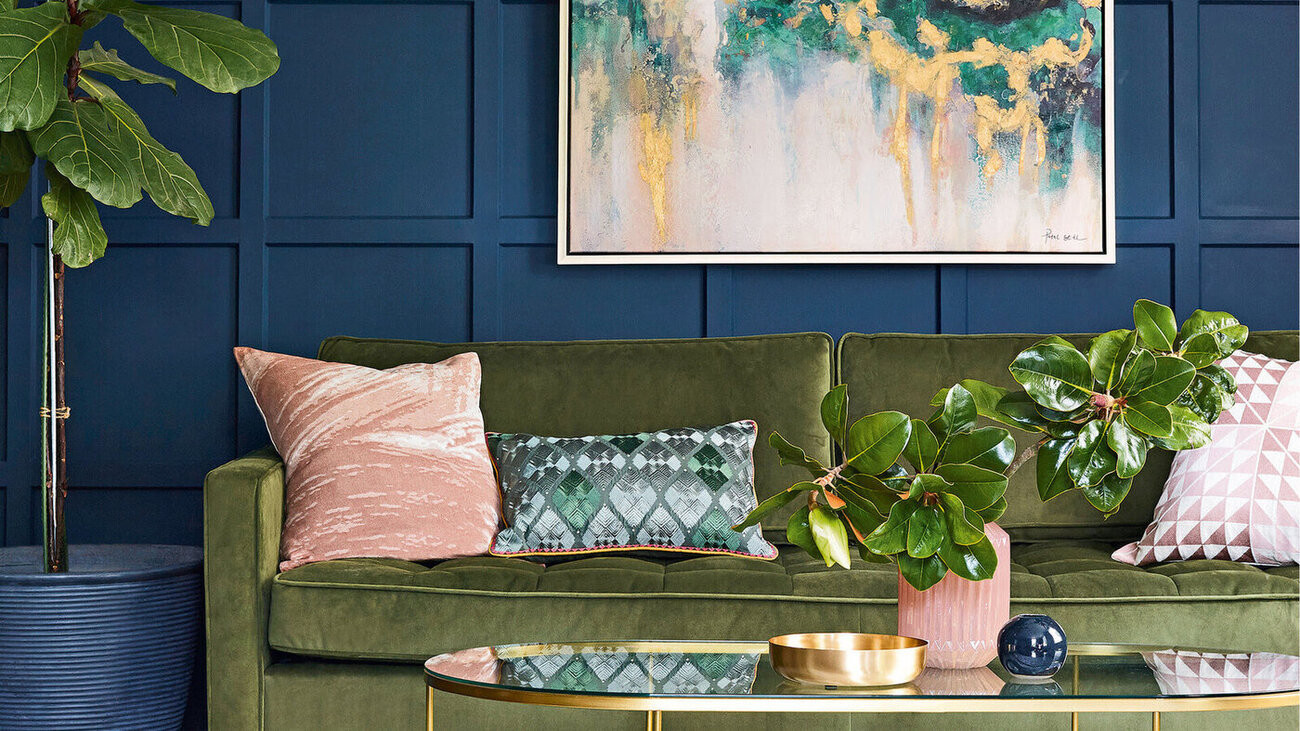
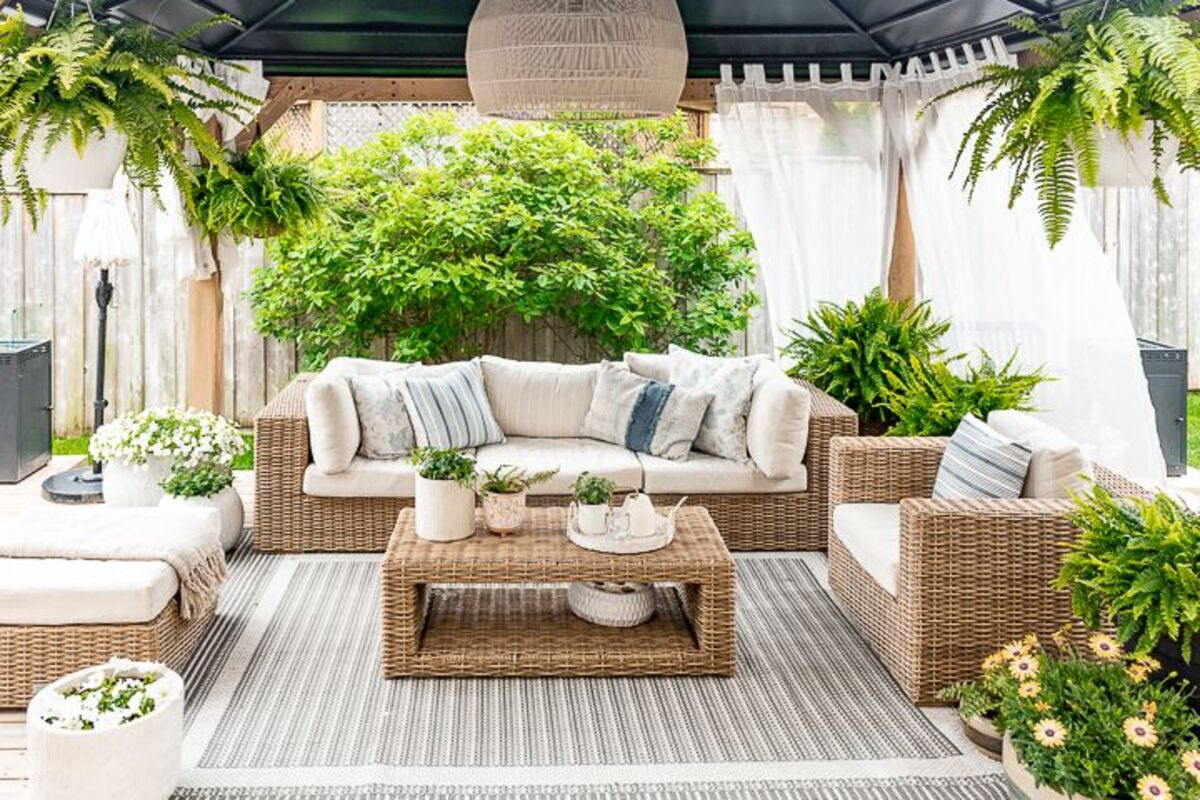
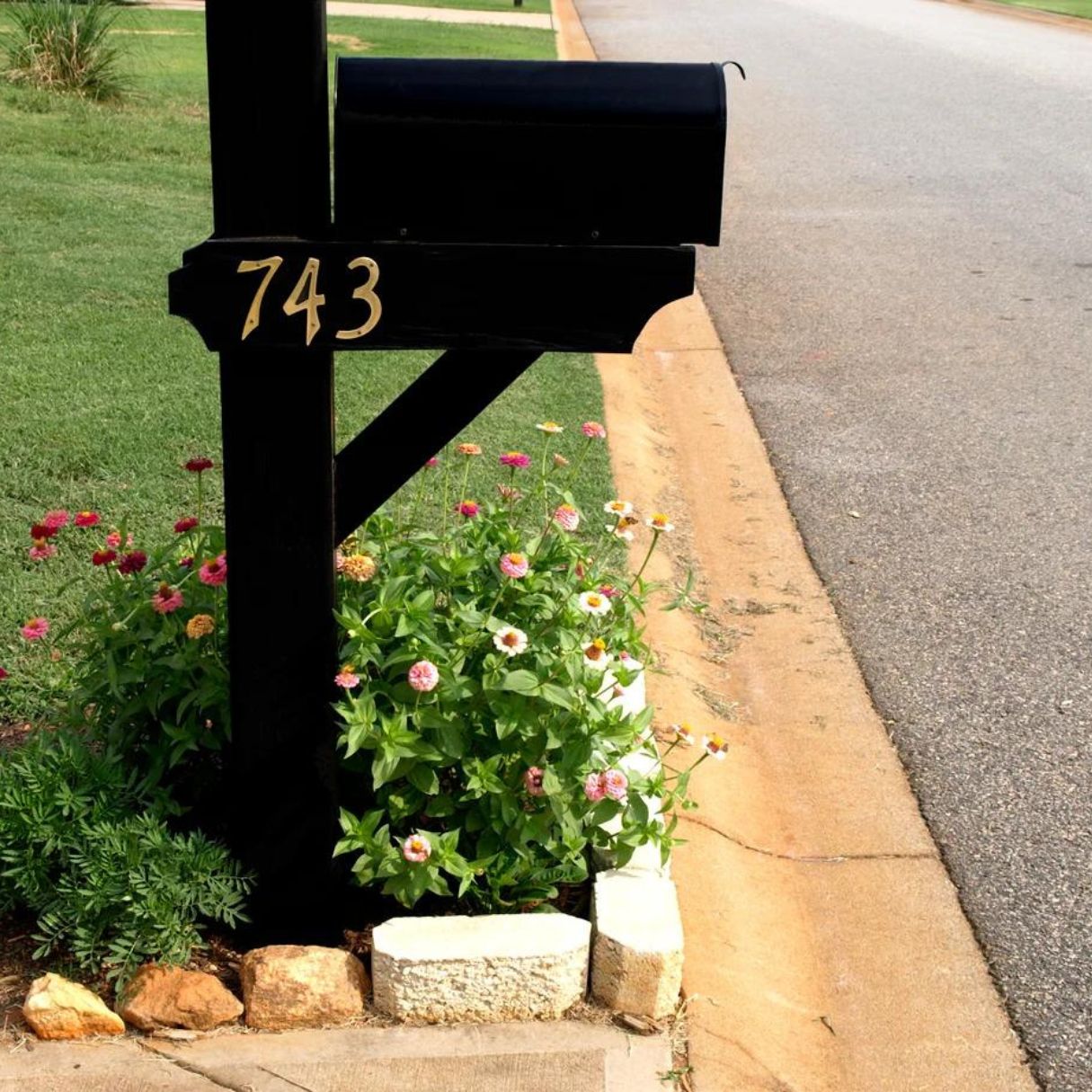
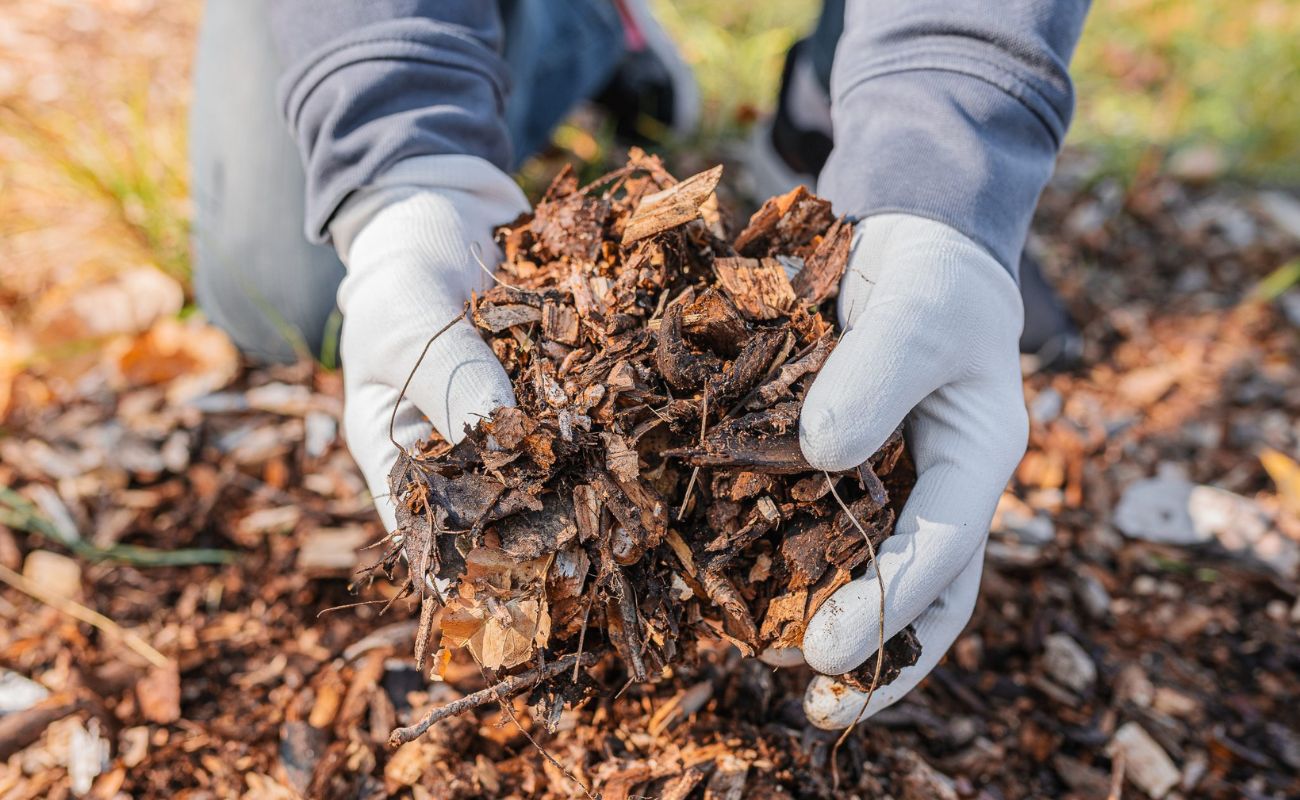

0 thoughts on “How To Add Color To Landscaping”